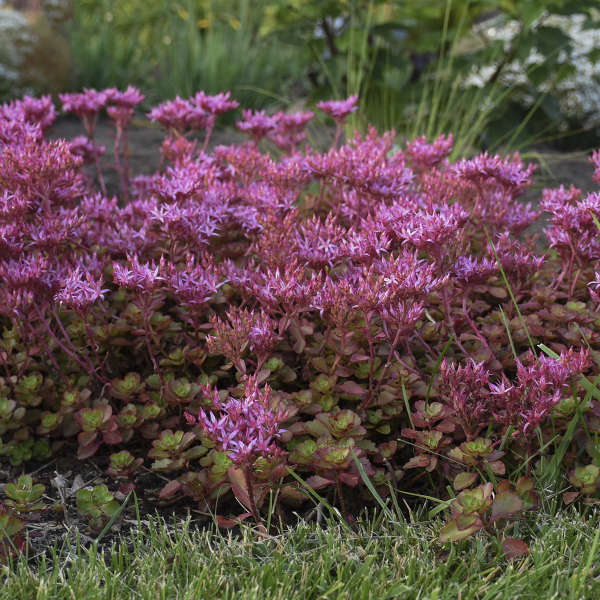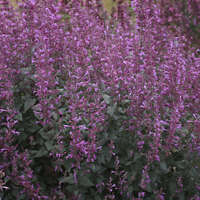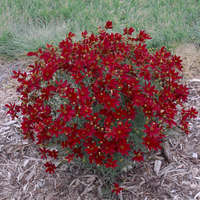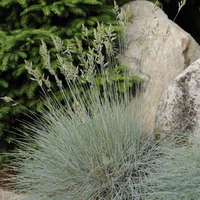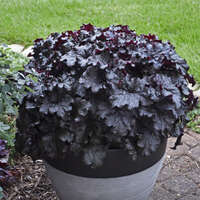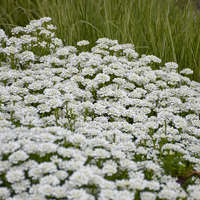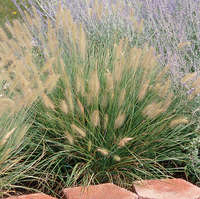Sedum spurium 'Fulda Glow' ('Fuldaglut')
Common Name: Two-row Stonecrop
Touted as an improved 'Dragon's Blood', this selection sports attractive bronze-red foliage that keeps its color all season long. Rose-red flowers appear on short stalks above the foliage in late summer. A mass planting of 'Fulda Glow' is stunning.
Low, spreading sedums form a solid mat of foliage which is excellent for covering slopes or can be planted as a groundcover in sunny, dry areas. They are extremely drought tolerant and many are evergreen. These are terrific low-maintenance plants that always look their best.


